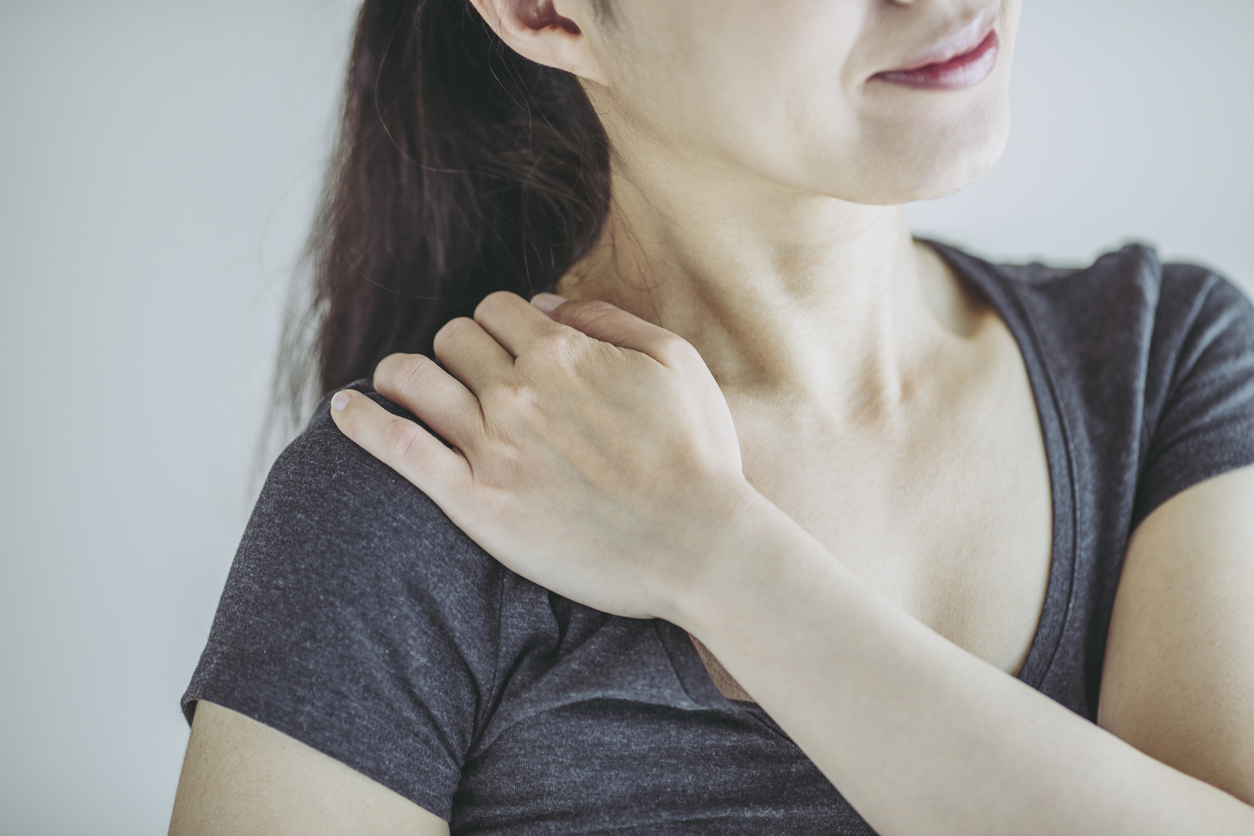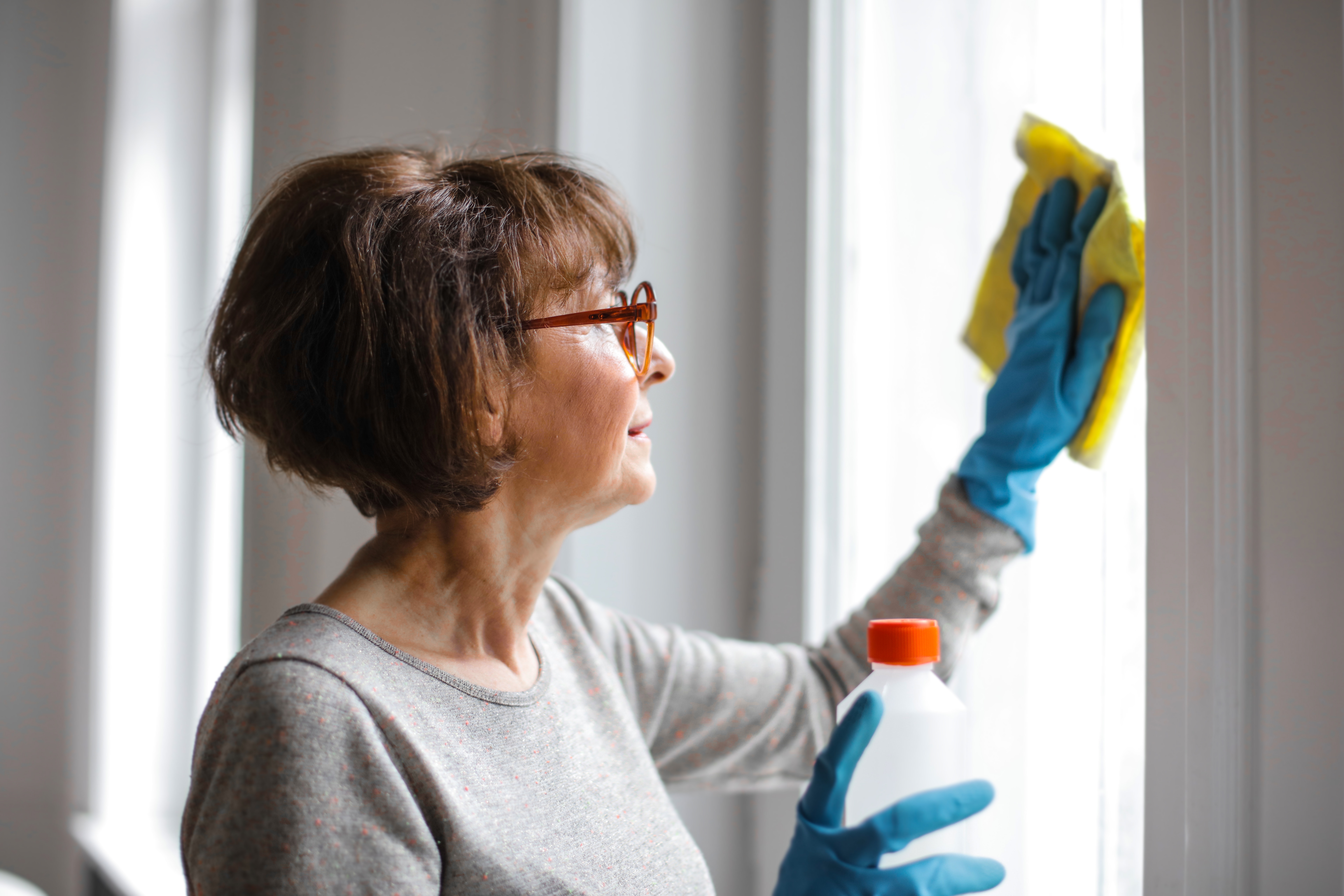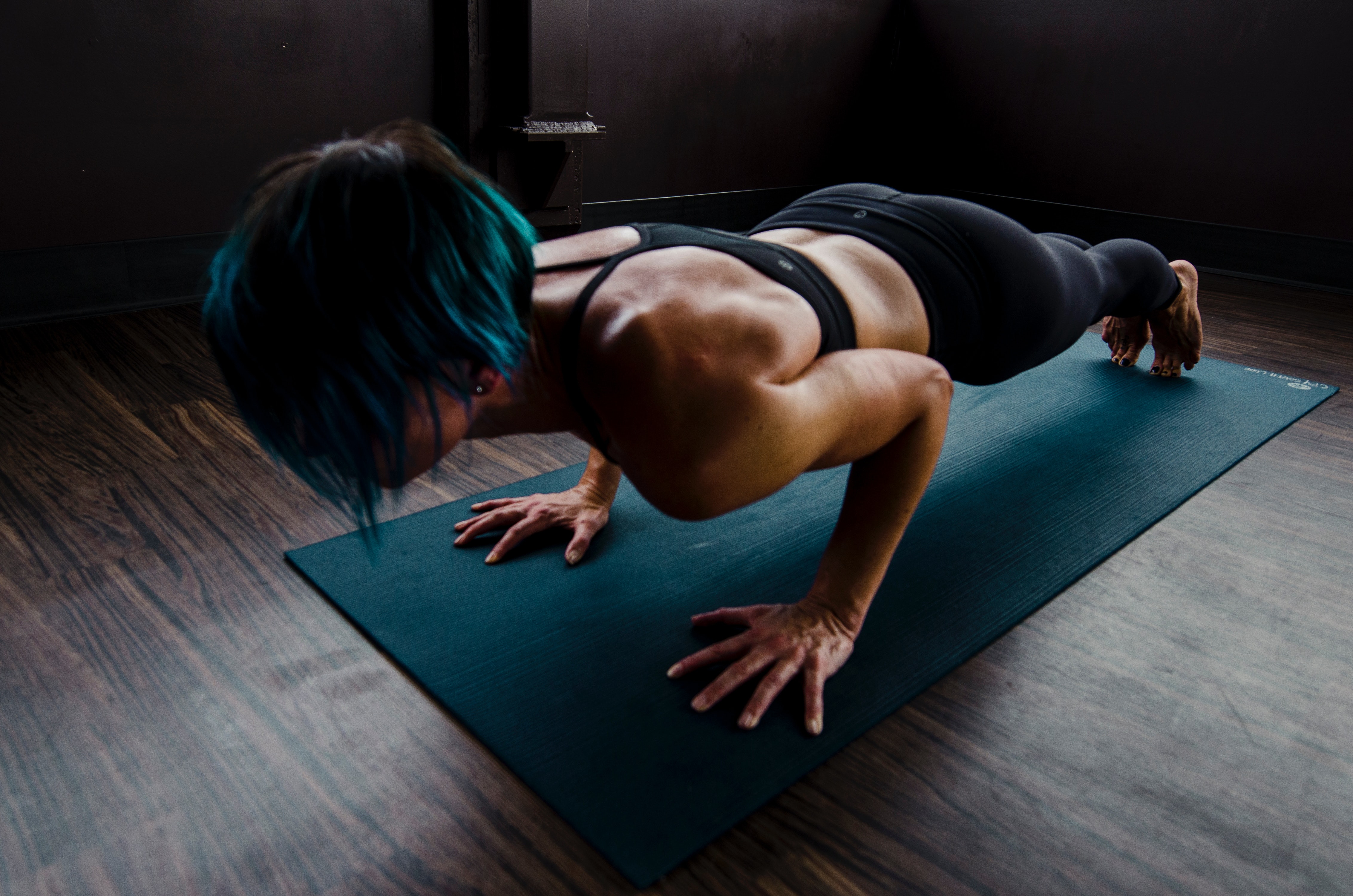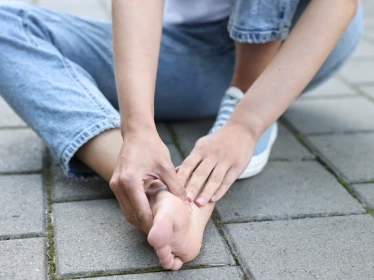In the 80's, we had Aerobics. Then came Boxercise and Yoga and Spinning. This year, with the COVID-19 situation, we have home workouts and... Housework.
With most of us stuck at home these past few weeks, exercise options are limited. Spending so much more time at home has invariably led to many taking up domestic challenges. We now have more amateurs taking part in the New Modern Pentathlon of Cooking/Baking, Cleaning, Vacuuming and KonMari.

How are we at risk of injury at home?
For the inexperienced, this entrance into the domestic arena can result in injuries. While bending, lifting, and squatting can easily cause back and knee pains, other simple movements can lead to shoulder injuries if executed poorly. In fact, for many patients of the not-so-young persuasion, there is rarely a single cause of trauma or event that results in their shoulder problems. Typically, it is vague in onset, waxing and waning with activity, often disturbing sleep. Simple tasks like washing your hair or putting on a T-shirt become painful, difficult endeavours.
What should we know about the shoulder joint?
The shoulder is a very versatile joint. Like the hip, it is a ball and socket joint. However, unlike the hip, it does not have a restrictive bony component, sacrificing stability for mobility, and depends on ligaments and muscles to keep the ball in its socket. Therein lies the shoulder’s greatest weakness - any movement which puts a strain on these soft tissue restraints can cause damage.
It is easy to understand how a heavy load can cause injury, but even small loads repeated quickly or multiplied by the torque of moving your arms can also cause problems. Coupled with the fact that our tendon quality, healing potential and circulation deteriorate with age, these ligament strains and Rotator cuff injuries increase significantly after 30.
Prevention is key.
How can we reduce the risk of injury?
Avoid heavy lifting
This would seem self-explanatory. The less heavy lifting you do, the less risk of injury. But there are many instances when lifting is required: stacking the shelves for example.
In cases like this, use a stool or ladder. This way, you use the much bigger muscles of your hips and knees to bring the load up to the required height. The finer adjustments can then be achieved with your shoulders and elbows. By doing this, your shoulder ends up doing a lot less actual lifting than if you were to lift with an overhead motion.
A simple hack would be to store heavy/bulky items on the lower shelves or cupboards and leaving the highest shelves for lighter, seldom used items.

Keep your elbows in at all times
Good advice at amusement park rides but also when doing your chores. The further away the elbows are from your side, the more stress goes through your Rotator cuff tendons and shoulder ligaments in maintaining the position. This abducted position also impinges on the Rotator cuff tendons, impeding its circulation, thereby increasing the risk of tendon fraying and impaired healing.
Cleaning your windows is a good example. The wiping action is by no means strenuous. But when you need to stretch to reach the top, it puts a large strain on your shoulder. Multiplied over the days and number of windows, it quickly adds up to an unpleasant activity. It may then present as an ache in the shoulder or scapular region, during or after the activity.
This pain, if arising from your shoulder, should not extend past your mid-arm and should not have any numbness/ tingling or hand weakness associated with it. A simple solution is to have a stool to stand on, so there are no hard to reach areas which involve stretching.

Avoid weird positions
What kind of weird positions are we referring to? Positions that involve putting your shoulder in an awkward position. Like when the driver reaches into the back seat to get something, things we often do without too much thought. Such positions take your shoulder to an extreme stretch while trying to manipulate something at an uncomfortable angle. This overload of the ligaments and Rotator cuff tendons can even result in a dislocation of the joint.
Another likely scenario these days is trying out a new Yoga pose, or exercise learnt online. Our joints work best if warmed up and given time to gradually get accustomed to the exercises we put them through. Regular training and gradual build-up of intensity is also important as this allows our ligaments and muscles to hypertrophy and strengthen, to better cope with the load. Attempting advanced positions or heavy loads/intensity workouts without any warmups or adequate supervision will put you at great risk of a shoulder strain or even tendon tears.

Good rest position
Many of us sleep with our forearms over our faces/under our heads or watch TV with both hands interlaced behind your head. This creates the abducted position (with elbows away from your side) which impinges on the Rotator cuff tendons. Keeping it there for 6-8 hours at a stretch will definitely cause damage by direct pressure on the tendons and indirectly by decreasing the blood flow necessary for tendon maintenance and repair of daily damage. This gradual accumulation of damage over time is the most common cause of Rotator cuff tears in the sedentary population.
Pain from tears will often result in a natural reluctance to move or use the injured shoulder. This can then lead to a Frozen shoulder, where the joint capsule shrinks because of disuse, causing pain and limited range of motion. It can get so bad that the patient cannot even clean their armpits, resulting in fungal growth.

In conclusion
Pain is there for a reason. It is usually to prompt us to stop and reassess the situation. Sometimes you just need rest, sometimes you need to change your technique. It is never a good idea to push through the pain. A good rule of thumb would be for any pain that is severe, persistent, or associated with any mechanical problems, get a professional review.
These are just some pointers to help with your shoulder well-being. Our current stay-at-home situation will end, eventually. The trick is to stay as active as you like, and to do the things you need to without injuring yourself.
Chin up, take care.





